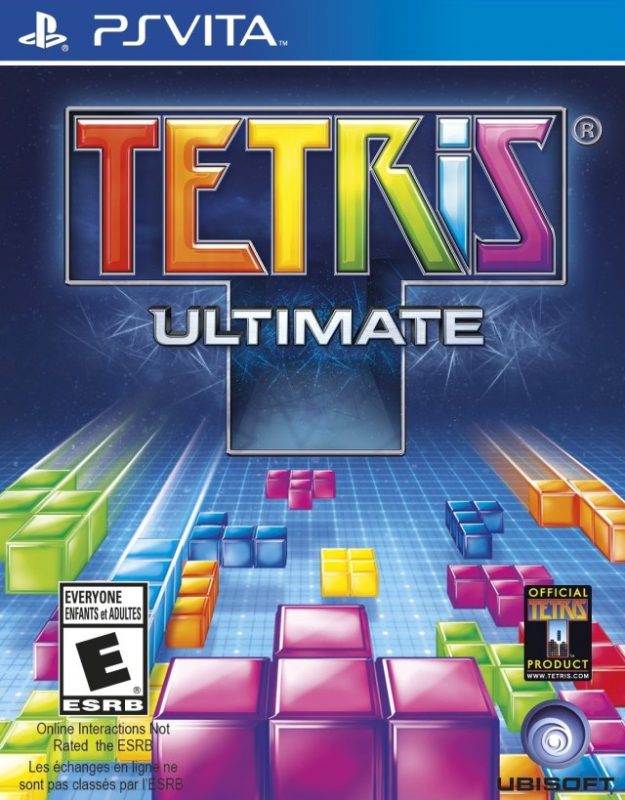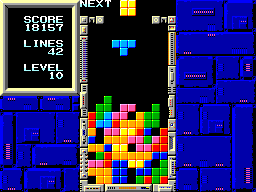

- TETRIS FULL SCREEN HOW TO
- TETRIS FULL SCREEN GENERATOR
- TETRIS FULL SCREEN UPDATE
- TETRIS FULL SCREEN CODE
For reasons of consistency, the rest of the game update engine should be paused while you do this, because you are now creating a state where essentially one row is empty but the other blocks haven’t fallen down yet – an essentially illegal game world state in Tetris. For example, in Tetris, when a line is cleared, you may want to fade the line out. Some types of animations will actually alter the flow of execution of the game, and these are by far the most complex to implement. The implementation is similar to background animations except that you must first check if the animation is active (currently running or not), maintain a flag for this, and turn it off when the animation ends rather than looping it. Triggered animations happen as a result of something that happens in the game – perhaps triggered by the user, perhaps not.
TETRIS FULL SCREEN CODE
All you have to do is add code to your per-frame game world update function to move the animations forward one frame, looping or cycling when you reach the end of the animation. I’m going to introduce some random made-up terminology to clarify these types:Īnimations that run constantly in the background (that is to say, they run continuously, not that they are actually in the background of the scene) – let’s be wildly creative and call them background animations – can be easily shoehorned into your game.

TETRIS FULL SCREEN GENERATOR
This can be as simple as a linear equation – “move 100 pixels per second” – a sine or cosine function for fluid and smooth acceleration and deceleration of an object or to make wavy lines for example – or something as complex as a bezier curve, polynomial function or even a random number generator for static, distortion and certain particle effects.ĭon’t worry if you’re a bit confused right now examples of how this all hangs together follow below!Ĭertain types of animations require different types of changes to your code and I will try to present examples of different types here.
TETRIS FULL SCREEN HOW TO
position and transparency) with a single animation function, and how to partly randomize the intermediate steps (interpolation) of an animation.Īlthough we are again using Simple2D here (and as such this article serves a tutorial on how to use it, and how SimpleTetris is evolving), the algorithms and principles can be mostly copy/pasted and are easily adaptable to other graphics libraries. We will examine how to use this class to animate several objects at different points in the path of a single animation, how to affect two paremeters of an object (eg. We will create a simple animation class in C++ which takes care of tracking the position and timing of basic animations, and learn how to apply this to make changes in an object’s position, colour and alpha (transparency). It’s game coding time with SimpleTetris again and this time we’re going to look at how to add a variety of different animations and useful graphical tweaks which can equally be applied to any game or demo.


 0 kommentar(er)
0 kommentar(er)
